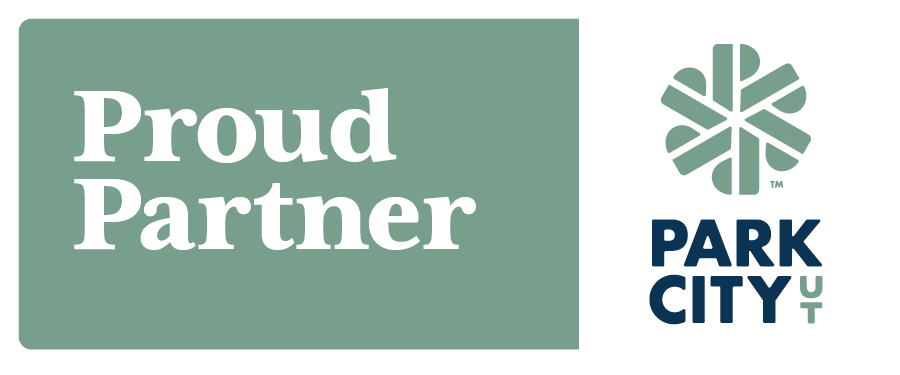NEWS:
The Anatomy of a Trail Build
By Lora Anthony, Executive Director, Posted on September 22, 2021
During the many days Mountain Trails staff and Ambassadors have spent talking to trail users at trailhead meet and greets, we have learned one thing for certain: most trail users have no clue how trails come to be. And that’s perfectly wonderful because it means we here at Mountain Trails Foundation have done our job in providing a public amenity that demands little thought on the part of the public. Trail users show up, have fun, go home. But, for those who are interested in understanding how trails materialize under Mountain Trails purview, read on.
[twenty20 img1=”4941″ img2=”4942″ direction=”horizontal” offset=”0.1″ align=”right” width=”40%” before=”Before” after=”After” hover=”true”]
Surprisingly, there’s a great deal of coordination that goes into each and every trail project. It’s not like when we were kids and took to scratching in trails on the neighborhood dirt lot. Trails that will see millions of enthusiastic trail users over the course of decades, take careful thought, planning and expert execution. The anatomy of a trail build consists of three basic elements, each of which has a laundry list of chores propping it up. Here’s the short (short is a relative term) story on how a trail build generally rolls out.
First, the WHY. A compelling reason to build a trail needs to exist. Trails are far too expensive to just throw in, willy-nilly. A determining factor could be reducing pressure on old, tired trails – think Spiro. Or creating new routes by connecting already existing trails like the ones off Charlie’s 9K or the Big Easy trail in Round Valley. Both of those created fresh route options for various trail user types and skill levels. The exploding popularity of non-motorized trail recreation has driven the need for directional and single user-type trails to the top of the priority list. Point is, trail builds are always strategic.
Next, the WHO. Landowners, whether private or public, need to give permission. Often this involves explaining to the stakeholder why a new trail is a good idea. Here in Park City, we are fortunate, SO fortunate, to work with ski resorts (aka the private landowners named Deer Valley and Park City Mountain), land trusts (Summit Land Conservancy, Utah Open Lands) and the local municipality, Park City Municipal. All of these landowners comprehend the intrinsic value of trails and almost always support MTF’s carefully considered proposals. We acknowledge the unique and very fortunate position we are in and thus work diligently to foster the long-game of collaboration in the interest of public service. Oh, and it helps that MTF is willing to fund projects – which leads to the next element: funding.
Funding for trails comes from myriad sources. Easiest to identify are donors, grants and work contracts. A work contract, like the one with SkyRidge, where MTF is developing an e-MTB-friendly trail system, is an example of a work contract that yields great public benefit and also benefits Mountain Trails.
As to grants and donors, a superb example of how we strategize funding for the maximum impact is the relatively new, Charlie’s 9K trail. Funding for that trail required the orchestration of four funding sources: Utah Office of Outdoor Recreation, Utah State Parks Recreational Trails Program, Park City Municipal Corp. and Mountain Trails Foundation donors. The hard cost (does not include necessary overhead like insurance, rent, payroll taxes, etc.) of that project exceeded $125,000. By leveraging private donations against grant money, Mountain Trails was able to cover the entire cost of not only the build, but its long-term maintenance as well – shout out to Adopt-A-Trail Sponsors, Mike and Lynn Lee, here!
Now the HOW. Once need, permission and funding are secured, the fun part begins. Our crew of professional trail builders goes bushwhacking. For real. They scramble the terrain – remember there isn’t a trail yet – to identify and flag the trail’s alignment upon the landscape. This is where the “art of trail building” begins and the character of a trail is born. Flagging guides the hand crew as they clear a corridor (with chainsaws, brushcutters, etc.) for the machine operator to follow – kind of. Oftentimes, the environment offers up surprises and alignments are re-routed to avoid old growth, extensive rock bands and, yes, even little birds’ nests. Because we do care about the environment.
As the machine work motors along, day after day, the hand crew follows behind. It’s tedious work, buffing out the newborn trail by hand – de-berming, lopping roots and removing obstructive rock and debris. This is where we can use a few extra hands and often recruit the help of dig-day volunteers. Depending on terrain, length of the trail and weather, a build can take anywhere from several weeks to several months. Larger projects can span over years as the building season is only as long as the snow is absent.
Once the thinking, permitting, fundraising and buffing have culminated in a sweet piece of singletrack, it’s time to open the trail to the public, dust off the work boots, crack open a cold one and celebrate!
It’s a long-winded story, but I hope this helped you appreciate what it takes to make your trail experience a reality. I also hope you will be inspired to support our work by making a donation today!
